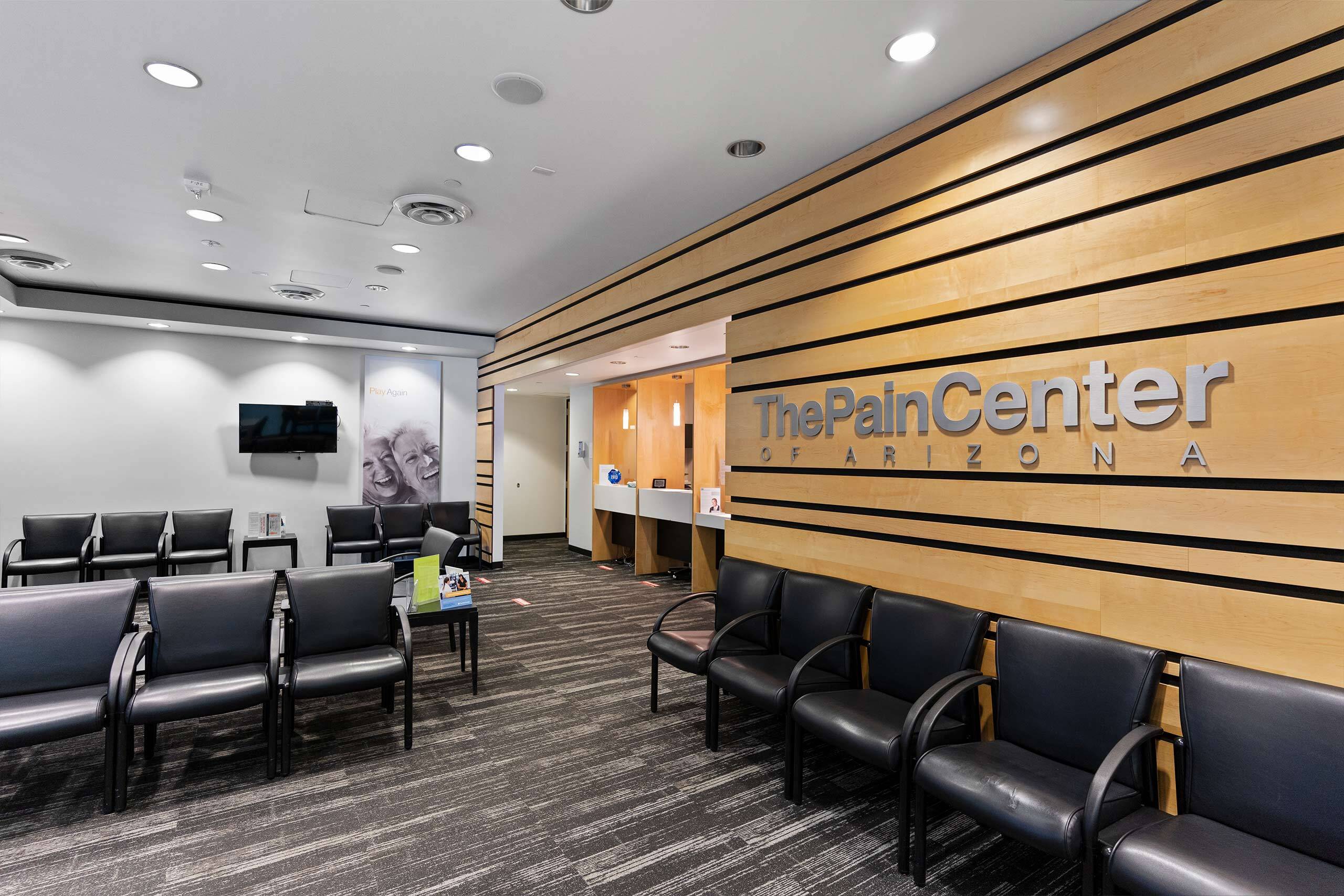Radiofrequency Neurotomy: Cervical & Thoracic Facet, Lumbar
Radiofrequency neurotomy, also referred to as radiofrequency ablation, is a minimally invasive procedure that reduces facet or sacroiliac joint pain. This procedure may be performed if patients do not experience pain relief from a nerve or facet joint block. During radiofrequency neurotomy, small electrical currents are passed through a needle toward nerves surrounding facet or sacroiliac joint(s) causing pain. A heat lesion is then created by these electrical currents (radiofrequency waves) and applied to the affected nerves. This heat lesion effectively halts the nerve’s ability to transport pain signals from the area causing pain to the patient’s brain.


What is Radiofrequency Neurotomy?
Radiofrequency neurotomy, also referred to as radiofrequency ablation, is a minimally invasive procedure that reduces facet or sacroiliac joint pain.
This procedure may be performed if patients do not experience pain relief from a nerve or facet joint block.
What Types of Pain Does Radiofrequency Neurotomy Treat?
Chronic back pain coming from facet or sacroiliac joints.
Facet or sacroiliac joint conditions that cause chronic pain include:
- Osteoarthritis
- Spinal trauma
What are facet joints?
Facet joints are located in between vertebrae and are responsible for bending and twisting the spine.
These joints are surrounded by medial branch nerves, which carry pain signals from the spine to the brain.
Over time, facet joints may become worn down from aging, or degenerative conditions such as arthritis and osteoporosis.
What are sacroiliac joints?
Sacroiliac joints are particularly vertebrae at the bottom of your spine, just above your tailbone.

How Does Radiofrequency Neurotomy Work?
During radiofrequency neurotomy, small electrical currents are passed through a needle toward nerves surrounding facet or sacroiliac joint(s) causing pain. A heat lesion is then created by these electrical currents (radiofrequency waves) and applied to the affected nerves. This heat lesion effectively halts the nerve’s ability to transport pain signals from the area causing pain to the patient’s brain.
What Causes Chronic Back Pain?
Normally when you have spinal issues, your symptom will likely only be back pain. It could be caused by a muscle strain or other muscular problems, but there’s a wide range of potential causes, including:
- Ligament strain
- Herniated or ruptured discs
- Arthritis
- Fibromyalgia
- Skeletal structure problems, including bone fractures or bone spurs
- Osteoporosis
What Symptoms of Back Pain Should I Watch Out For?
Acute back pain typically lasts up to three months, whereas chronic pain lasts at least three months or longer. Report all your symptoms to your doctor, especially any of the following common acute or chronic back pain symptoms:
- Aching muscles
- Shooting, stabbing, or dull pain
- Pain radiating toward the neck or down the legs
- Decreased range of motion and flexibility
- Pain reduction with rest or minimal movement


Get the care you need within 24 hours*
We know when you’re looking for relief for your chronic pain, you can’t wait any longer than you already have. This is why we can schedule you with an appointment within 24 hours at most of our pain centers across the Valley, so you can start your journey to life-long pain relief as soon as tomorrow.



